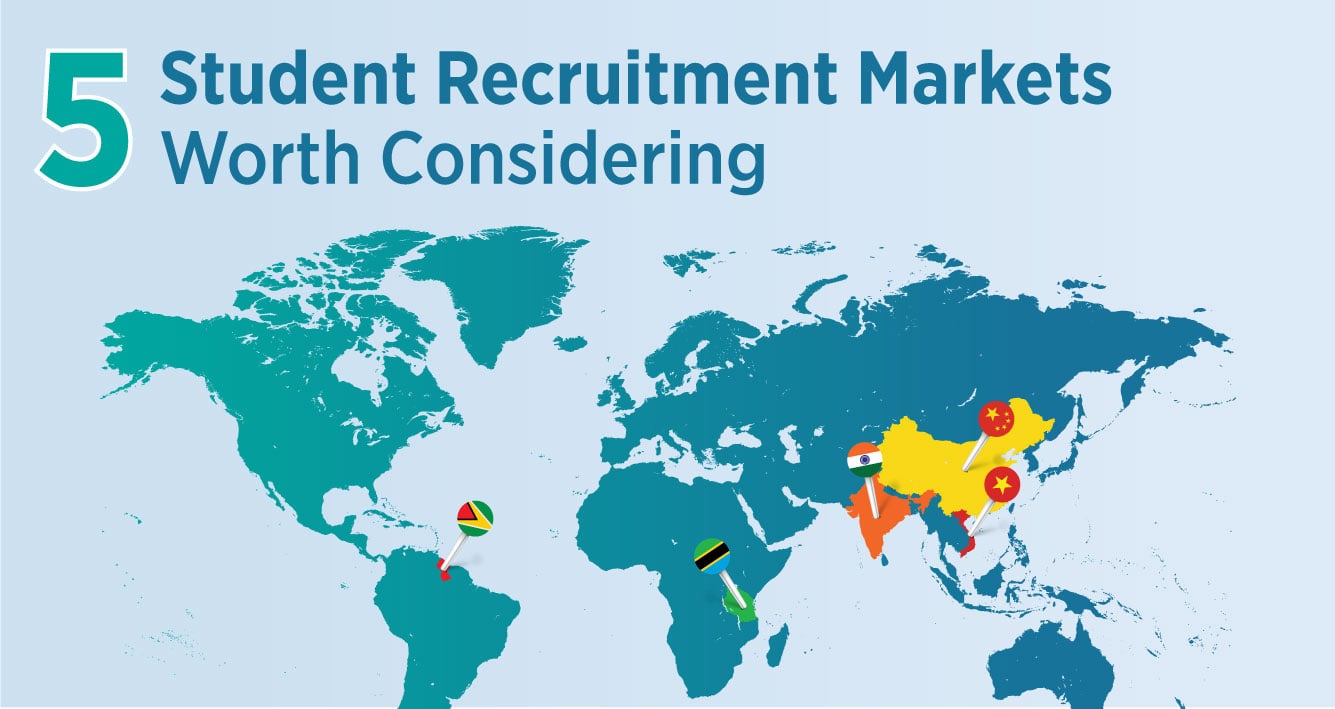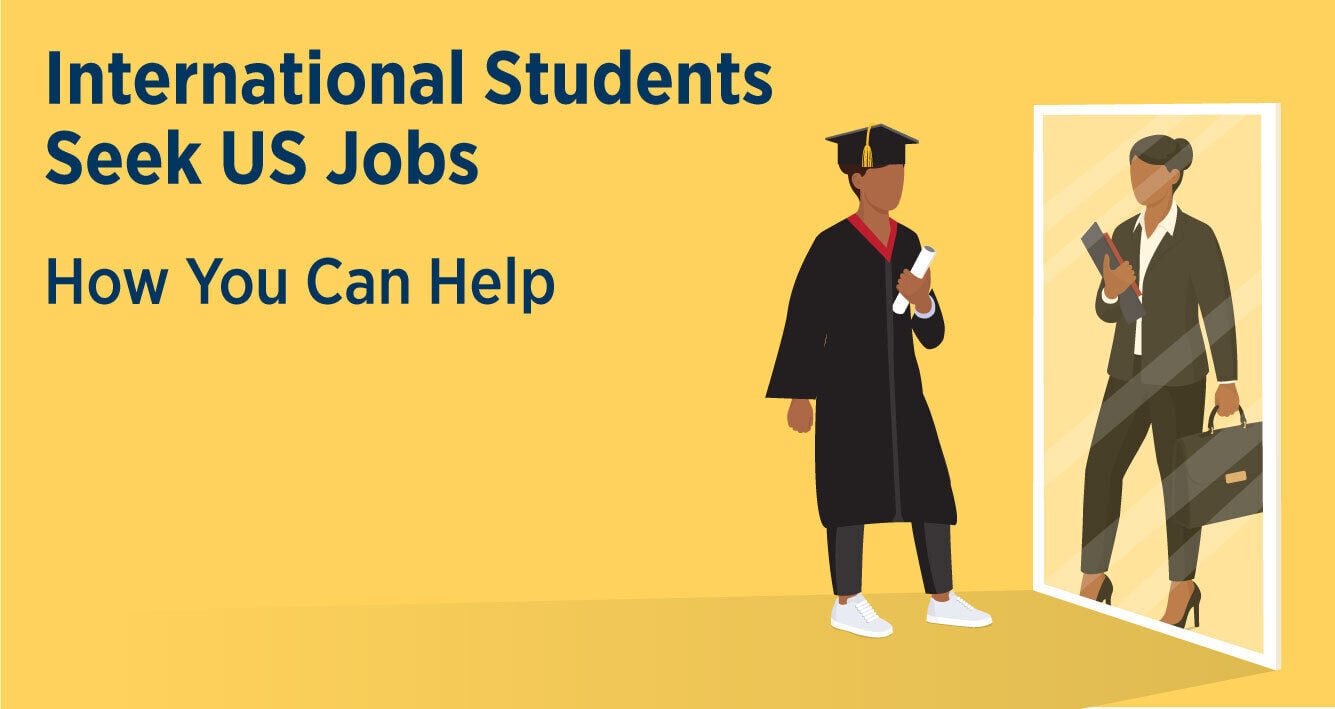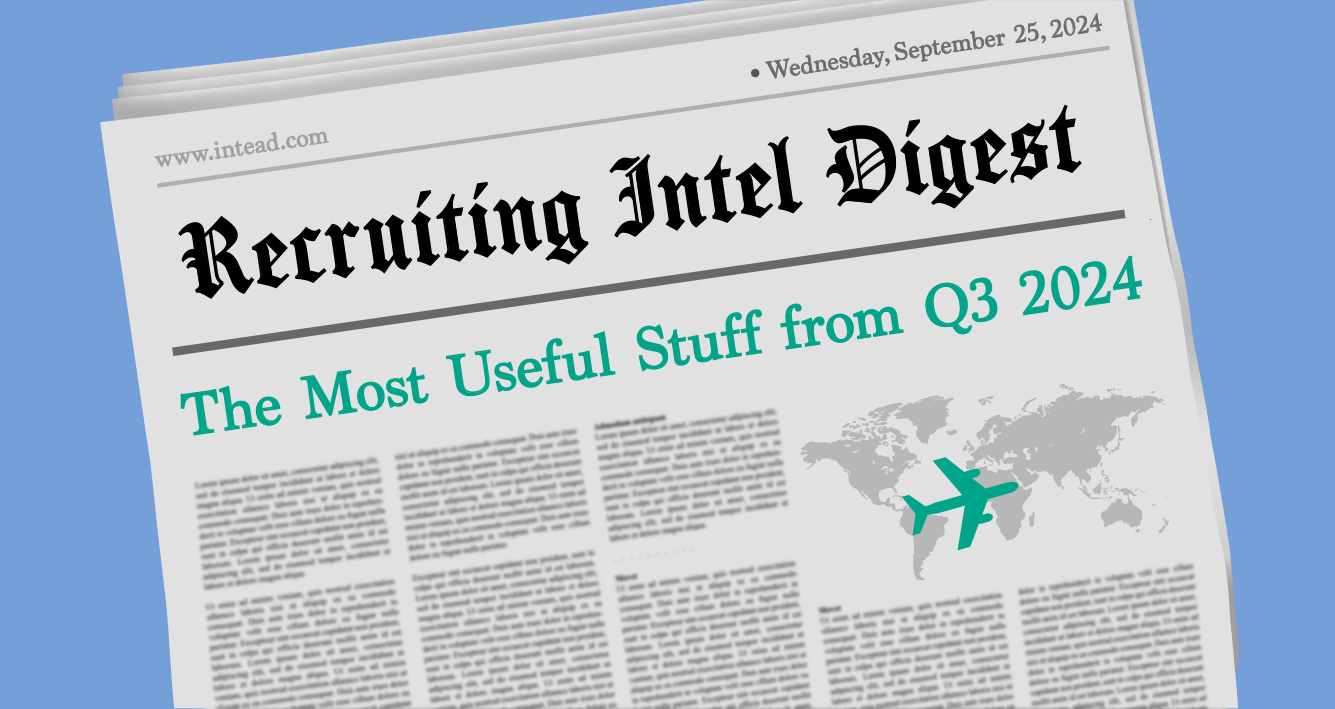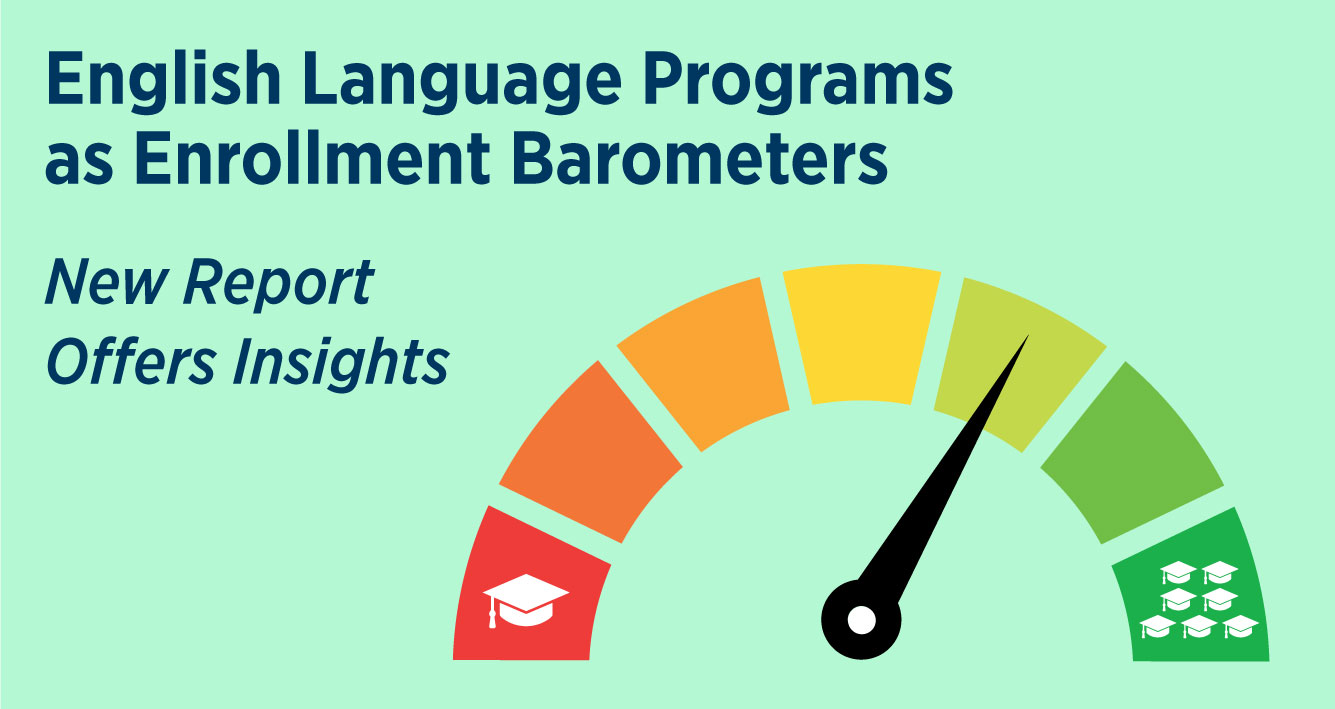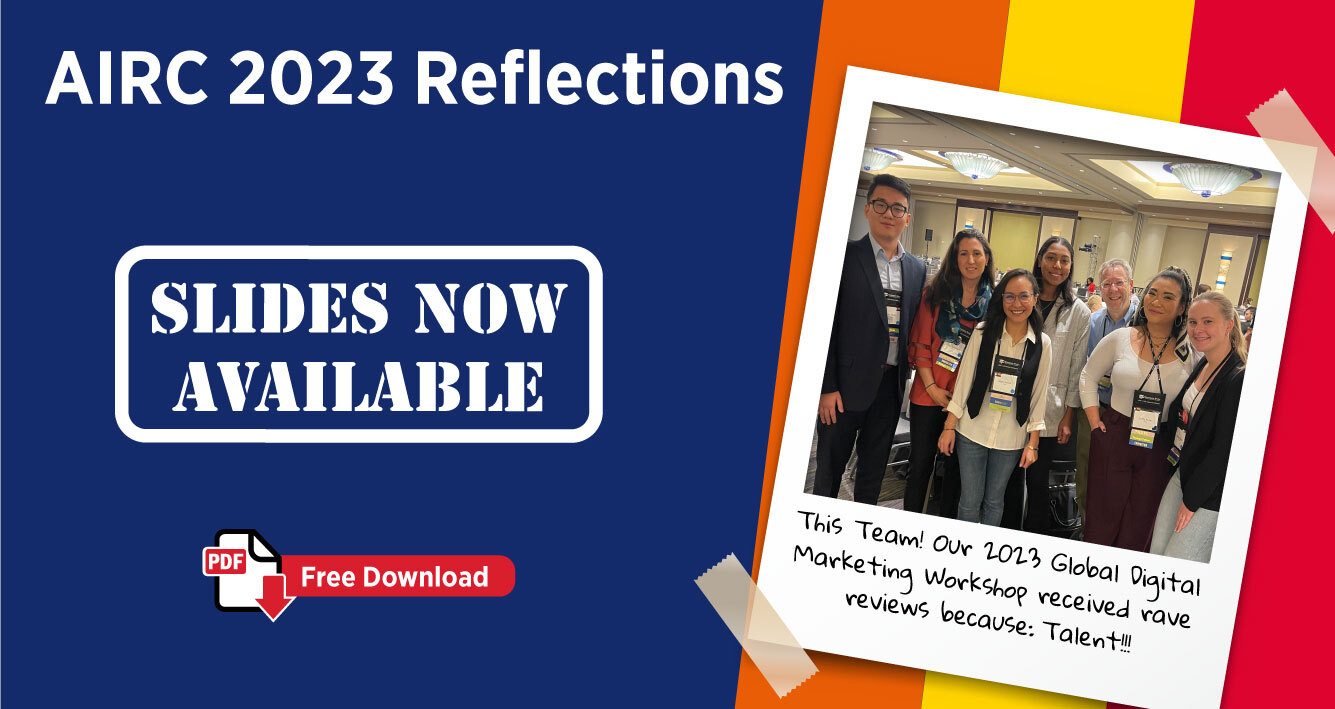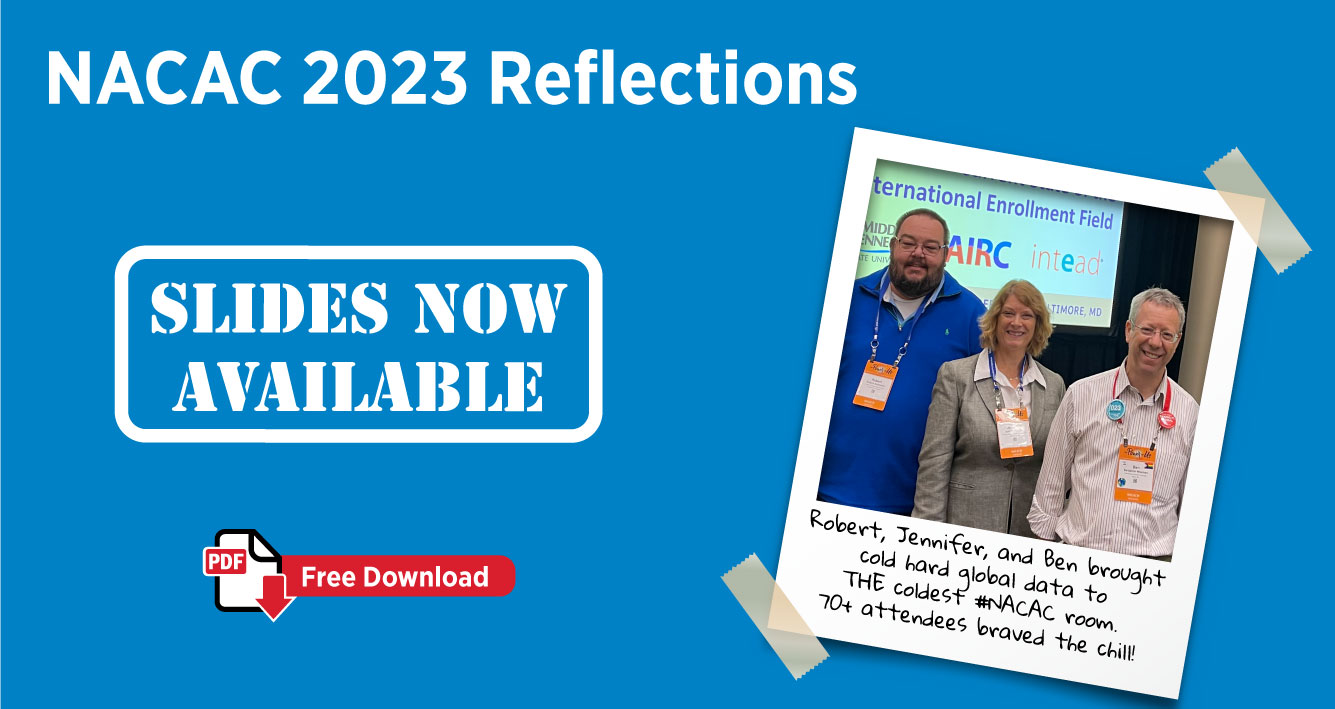We’re going to state the obvious and break it down. Because it seems some of your colleagues may need to hear this. Better coming from us than you. Helpful perspective: historical data tell us that 30% to 40% of all US institutions see declining international enrollment in any given year. So, for your consideration...
First: If you are not seeing the enrollment results you want, something must change to produce new outcomes. (Someone wise has said: insanity is repeatedly doing the same thing and expecting different results. Apparently, it wasn’t Albert Einstein. Nevertheless, it holds up).
Second: If you want to increase university enrollment fast, you’re going to have to put real money into the process. You’re likely going to continue doing what you already do because even though you are seeing diminishing returns, you can’t afford to lose them. So, new funds must be added to the existing budget.
All obvious, right? Well, it seems folks need to hear it. But we have more to share here to help you get the numbers ...
Opportunities to Meet the Intead Team
- AIRC, Seattle-Bellevue, Washington, Dec. 4-7, 2024. Our team is here now with 3 powerful sessions on budgeting, pathways, and streamlining admissions processes. Come find us.
- AIEA, Houston, Texas, March 02-05, 2025
- NAFSA Annual, San Diego, CA, May 27-30, 2025
Bookmark this: Intead’s Resource Center
Access 800+ articles, slides decks, reports with relevant content on any topic important to enrollment management and student recruiting. Check it out.
Third: If you cannot access additional funds, you will have to cut something you are currently doing and reallocate those funds. If your leadership is of the innovative risk-taker mindset, you can stop doing some of your current, less effective things and put that money into the new thing. Your stronger results will be slow to materialize, and your leadership needs to stay the course (not pull the funding) when fabulous new results do not magically appear in year one. To maintain internal support, you must track your activity and report on the results along the way.
What you want with all the tracking is your ability to provide your leadership with the confidence that there is learning and progress going on that will lead to stronger results in the next couple of years. Know that your leadership is facing down a whole lot of criticism including daggers from across campus trying to remove your funding. The dagger throwers are expecting your plans to fail.
Fourth (getting into the details): You have options when you think about innovating to produce new, stronger results. We review 12 primary recruiting options when we run our conference workshops on student recruiting. Today we take a quick look at each tactic with a careful eye on cost and flexibility.
Read on for our 12 recruitment option tips and perspective…
Read More

